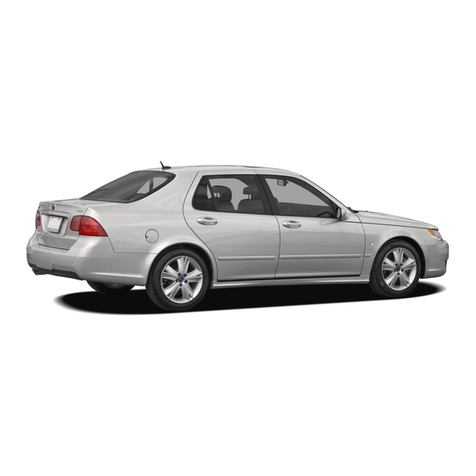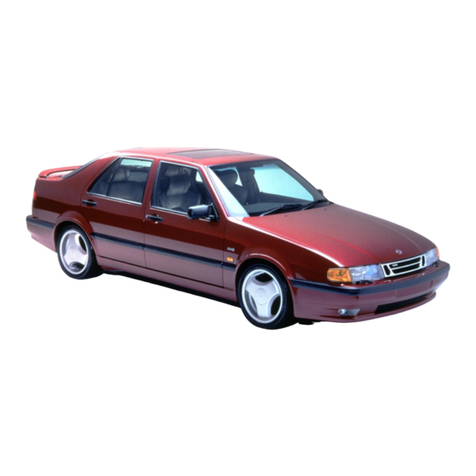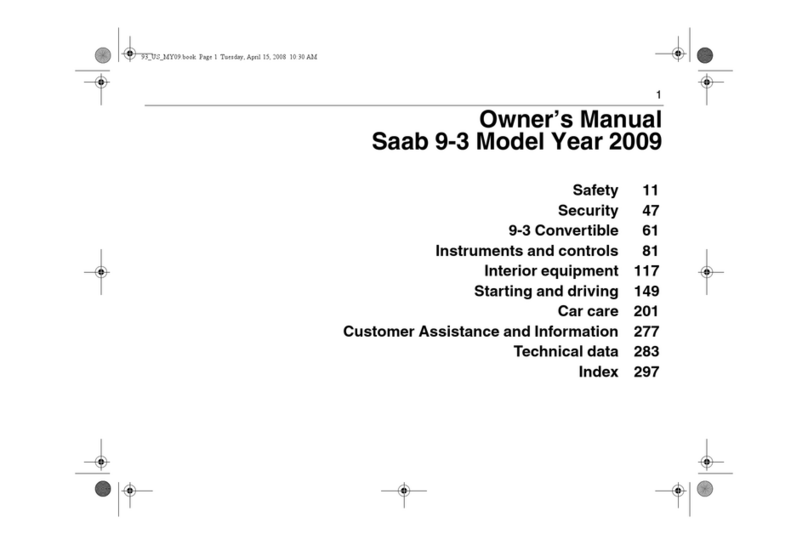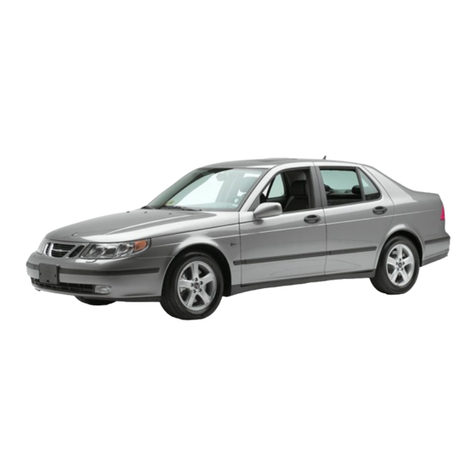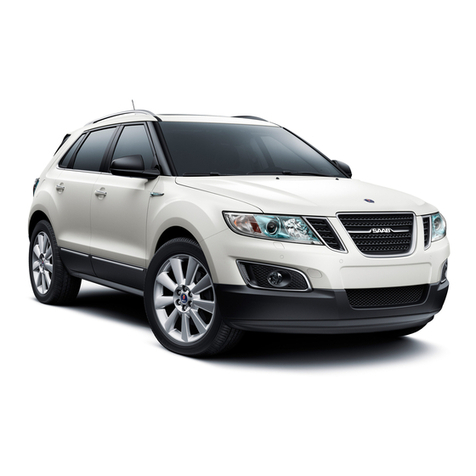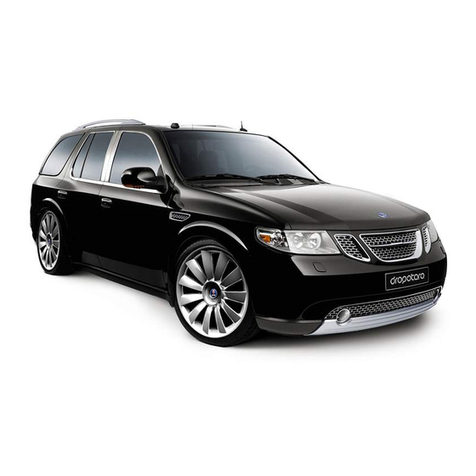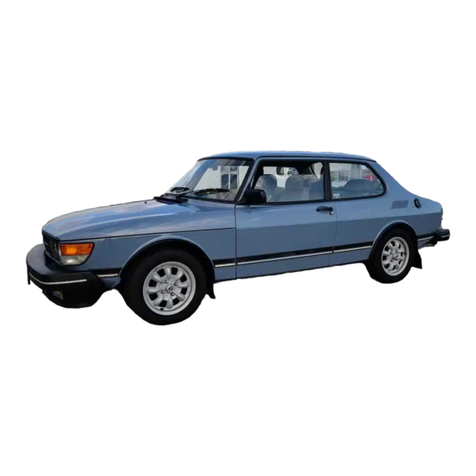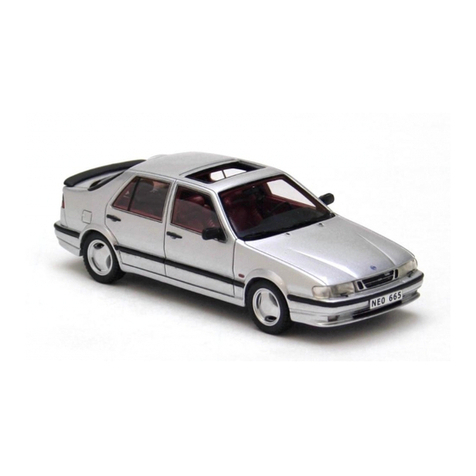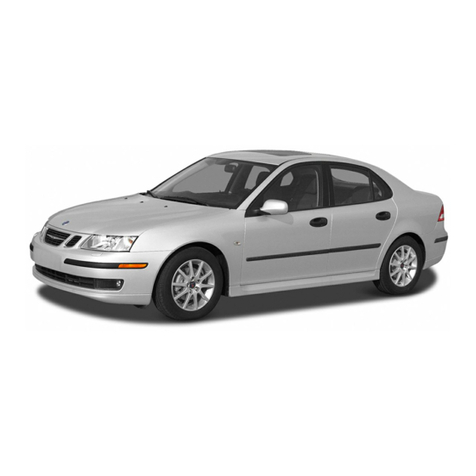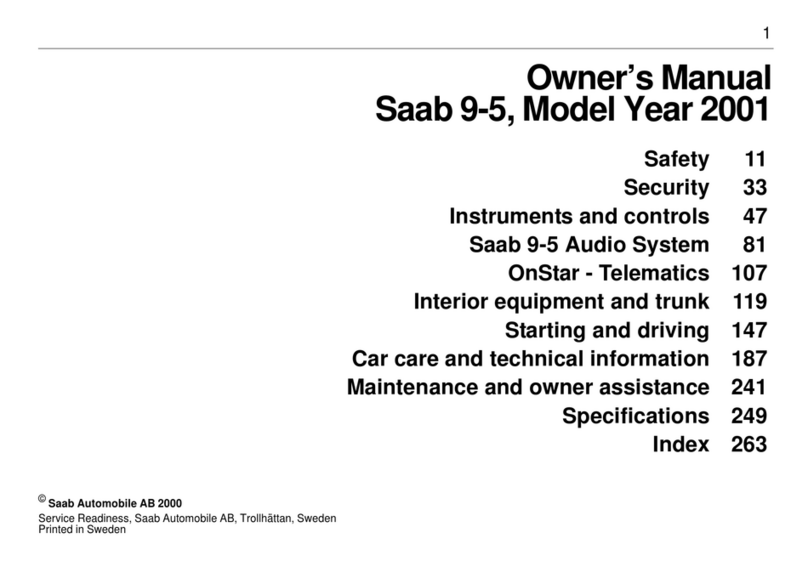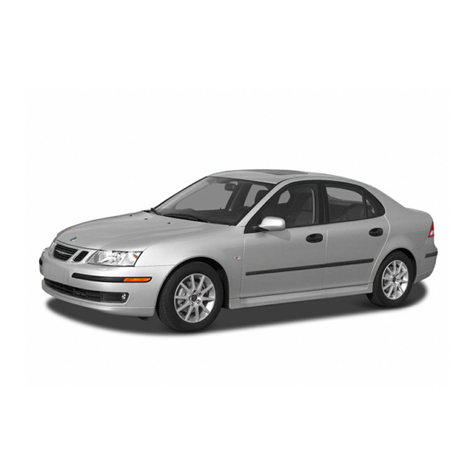4
General Warranty
1974 WARRANTY AND LIMITATION OF LIABILITY
• Disclaimer of Implied Warranties
• Basic Warranty
• Examplesof What
Is
Not
Covered UnderThisWarranty
• What
Is
theOwner's Responsibility?
• When is this Warranty Null and Void?
• Warranty Information
• Emission Warranty/Maintenance
Services and Record Retention
IMPORTANTNOTICETOOWNER, PLEASE READ
DISCLAIMER OF IMPLIED WARRANTIES
THIS WARRANTY IS THE ONLY WARRANTY
APPLICABLE TO YOUR 1974 SAAB AUTOMOBILE
(except
for
the Emission System Warranty) AND IS
EXPRESSLY IN LIEU OF ANY WARRANTIES OTHER-
WISE IMPLIED BY LAW, INCLUDING
BUT
NOT
LIMITED TO THE IMPLIED WARRANTY OF MER-
CHANTABILITY AND THE IMPLIED WARRANTY
OF FITNESS FOR A PARTICULAR PURPOSE. SAAB-
SCAN
lA, AB., Saab-Scanla
of
America, Inc. AND
FRANCHISED SAAB DEALERS, DO NOT, INDIVI-
DUALLY OR COLLECTIVELY, ASSUME
OR
AUTH-
ORIZE ANYONE TO ASSUME FOR ANY
OR
ALL
OF
THEM ANY OBLIGATION OR RESPONSIBILITY TO
EITHER THE PURCHASER OF A SAAB AUTO-
MOBILE OR TO ANY OTHER PERSON WITH RE-
SPECT TO THE CONDITION OF SUCH AUTO-
MOBILE OTHER THAN AS EXPRESSLY ASSUMED
IN THIS WARRANTY.
BASIC WARRANTY
Your 1974 Saab Automobile, manufactured
by
SAAB-
SCANIA AB,
of
Sweden, and accessories supplied
by
Saab-Scania
of
America, Inc., and installed
upon
it
in
the process
of
delivery, are warranted by Saab-Scania
of
America, Inc., to be free from defects in material and
workmanship (except tires which are separately war-
ranted by their manufacturers)
for
a period
of
twelve
(12)
months, unlimited mileage, from the earlier
of
either
(1)
the date
of
the original retail delivery
or
(2)
the
date
of
the original use by Saab-Scania
of
America,
In
c.
Your franchised Saab dealer will repair
or
replace
defective parts at
no
charge
for
parts and labor, provided,
however, that it is notified of the defect within
the
above
stated warranty period. THIS REMEDY IS
THE
SOLE
AND EXCLUSIVE REMEDY AVAILABLE UNDER
THIS WARRANTY AND
ALL
OTHER REMEDIES
ARE HEREBY SPECIFICALLY EXCLUDED. FURTHER-
MORE, NEITHER SAAB-SCANIA AB, Saab-Scania
of
America, Inc., NOR ANY FRANCHISED SAAB DEAL-
ER
SHALL
BE
RESPONSIBLE FOR ANY CONSE-
QUENTIAL
OR
INCIDENTAL DAMAGES RESUL
T-
ING FROM A DEFECT WITHIN THE APPLICABLE
PROVISIONSOF TH
IS
WARRANTY.
EXAMPLES OFWHATIS NOTCOVERED UNDER
THIS WARRANTY
1.
Maintenance items in the owner's manual,
including
fluids and lubricants; normal wear items,
including
clutch linings and brake pads, wiper blades,
light
bulbs, fuses, and drive belts.
2.
Adjustments, including adjustment
of
the clutch,
the brakes, transmission controls
or
bands, wheel
balance
or
front
end alignment.
3.
Seasonal loss
of
air
conditioning refrigerant.

